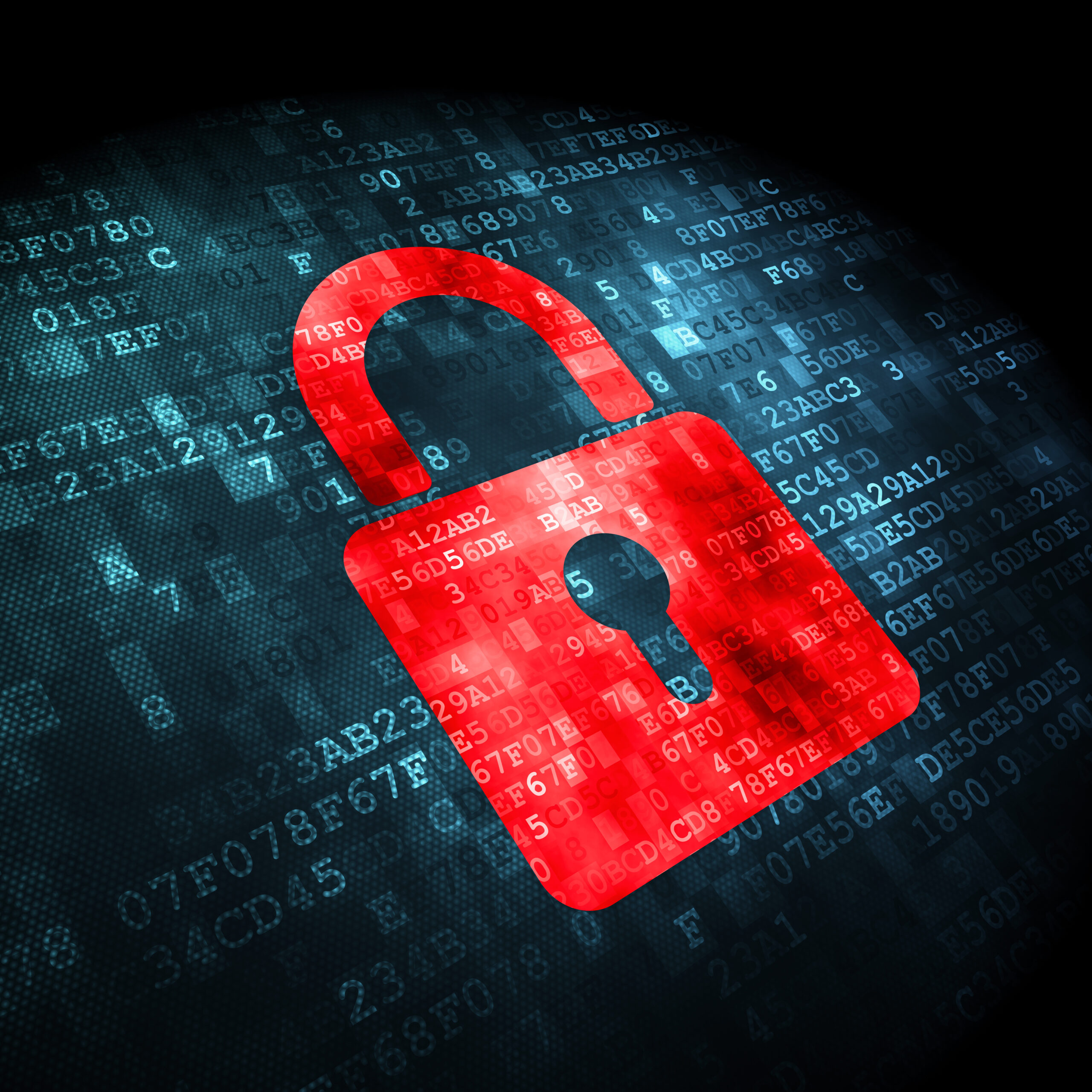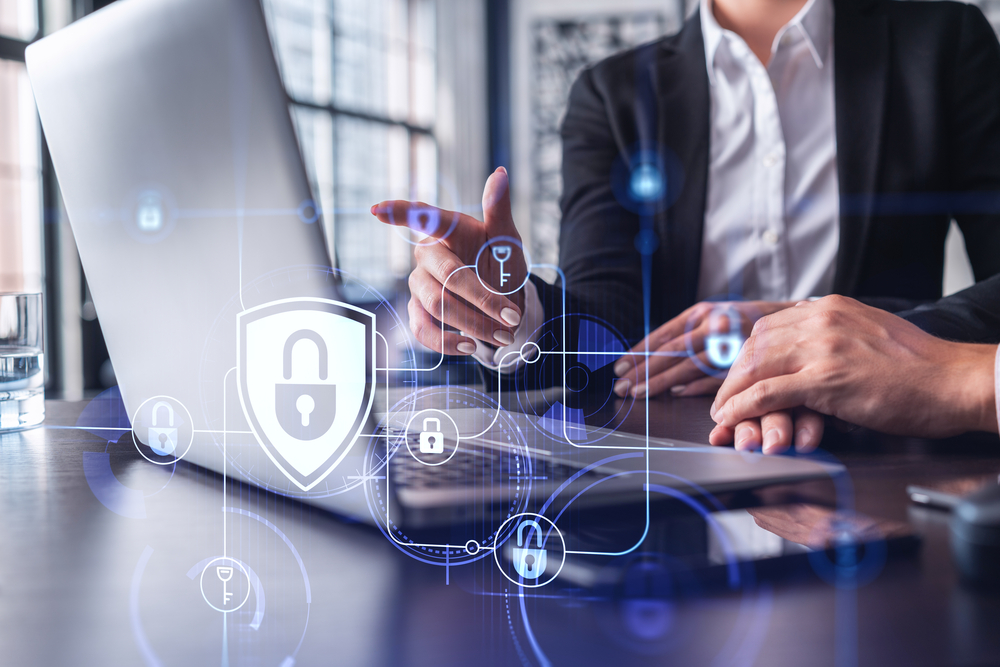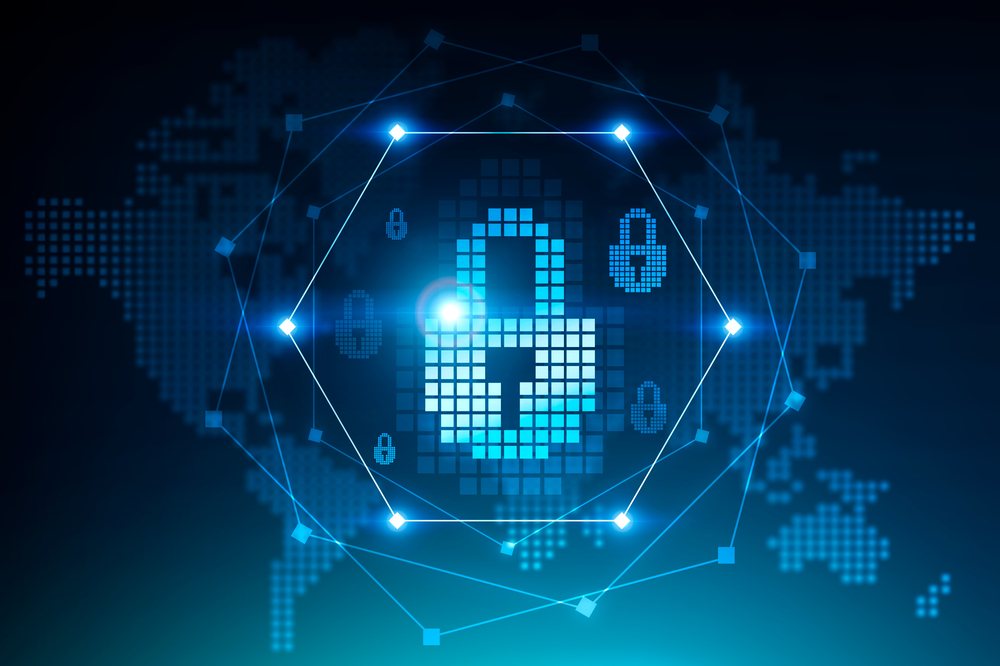Network, System, Desktop, and Remote User Security
Keeping Your Digital Assets Safe in a Connected World
At Acendex, your security is our top priority. In a world where digital connectivity is the backbone of every business and malware, hackers, and viruses run rampant, safeguarding your network, systems, desktops and remote operations is essential to keeping your company safe.
What is Network Security?
Network security refers to a set of policies, practices, and technologies designed to protect the integrity, confidentiality, and accessibility of computer networks and data. It involves measures to prevent unauthorized access, misuse, malfunction, modification, destruction, or improper disclosure of the network and its associated data.
In the early days of computing, security was minimal, as networks were isolated and less complex. However, with the advent of the internet and widespread connectivity, the need for robust network security measures has skyrocketed. Over the years, network security has evolved to include a range of tools and techniques like firewalls, encryption, intrusion detection systems, and anti-virus software to protect against increasingly sophisticated cyber-attacks. Protecting networks is crucial, as they often contain sensitive, confidential, or critical information.
Unauthorized access or cyber threats can lead to data breaches, loss of privacy, financial loss, and damage to an organization’s reputation.
Network Security from Cyber Threats
Our network security solutions are designed to protect the integrity, confidentiality, and accessibility of your network and data. We employ state-of-the-art technologies and strategies to thwart cyber threats, ensuring your business operations run smoothly, without interruption.
Network security refers to the practice of implementing measures to protect the integrity, confidentiality, and availability of computer networks, data, and resources. The primary goal of network security is to prevent unauthorized access, misuse, modification, or disruption of networked information and services. It involves the use of both hardware and software technologies, as well as policies and procedures, to create a secure computing environment.
Key components of network security include:
- Firewalls: Security devices or software that monitor and control incoming and outgoing network traffic based on predetermined security rules. They act as a barrier between a trusted internal network and untrusted external networks (such as the internet).
- Intrusion Detection and Prevention Systems (IDPS): IDPS tools monitor network and/or system activities for malicious activities or security policy violations. They can detect and respond to suspicious behavior, helping to prevent or mitigate potential security incidents.
- Virtual Private Networks (VPNs): VPNs create a secure, encrypted connection over the internet, allowing remote users to access a private network as if they were directly connected to it. This helps ensure the confidentiality of data transmitted over the network.
- Encryption: Encryption is the process of converting data into a secure format to prevent unauthorized access. Network security often involves encrypting data during transmission (e.g., using protocols like SSL/TLS) and at rest (e.g., encrypting stored files or databases).
- Network Monitoring: Continuous monitoring of network traffic and activities helps identify and respond to suspicious behavior or potential security incidents. This may involve the use of network monitoring tools and security information and event management (SIEM) systems.
- Security Policies and Procedures: Establishing and enforcing security policies and procedures is a critical aspect of network security. These guidelines define acceptable use, password policies, incident response procedures, and other security-related practices.
- Endpoint Security: Protecting individual devices (endpoints) connected to the network is crucial. This includes securing computers, laptops, smartphones, and other devices through antivirus software, host-based firewalls, and other security measures.
System Security
Systems are the bedrock of your IT infrastructure. At Acendex, we understand this better than most. Our system security services encompass comprehensive risk assessments, robust firewalls, intrusion detection systems, and regular cyber security updates to fortify your systems against any vulnerabilities. System security involves implementing measures and strategies to safeguard computer systems and the information they contain from unauthorized access, attacks, damage, or theft. The primary goal of system security is to ensure the confidentiality, integrity, and availability of data and resources within a computing environment. It encompasses both hardware and software components, as well as human factors and organizational policies.
System security is a comprehensive and ongoing effort that requires a combination of technical controls, user education, and adherence to security best practices. As technology evolves and cyber threats become more sophisticated, maintaining a robust system security posture is crucial for organizations and individuals to mitigate risks and protect sensitive information.
Desktop and Remote User Cyber Security – Preventing a Data Breach
Your workforce’s desktops are gateways to your critical business data, such as data that hackers have no rights to. To keep them out and to keep your data safe, we provide robust desktop security solutions that include antivirus software, malware protection, SIEM, and regular security audits. Our aim is to create a secure environment that empowers your employees to work efficiently and securely.
Our remote user security services ensure that your staff can access your network securely from anywhere in the world. We utilize advanced VPN technologies, multi-factor authentication, and continuous monitoring to safeguard your remote operations.
Remote user cybersecurity refers to the measures and practices implemented to secure the digital activities and assets of individuals who work with or access organizational resources from locations outside the traditional office environment. With the rise of remote work and the prevalence of telecommuting, ensuring the security of remote users has become a critical aspect of overall cybersecurity strategies. Here are key considerations for remote user cybersecurity:
- Virtual Private Networks (VPNs)
- Multi-Factor Authentication (MFA)
- Endpoint Security
- Device Management
- Secure Remote Access Solutions
- Encrypted Communication
- Cloud Security
- Regular Software Updates and Patching
- Secure File Sharing
- Remote Monitoring and Incident Response
- Zero Trust
Contact Us Today
Office
3333 Richmond Road, Suite 430
Cleveland, Ohio 44122
Hours
M-F: 8:00 am - 5:00 pm
Call Us
216.292.GURU (4878)




